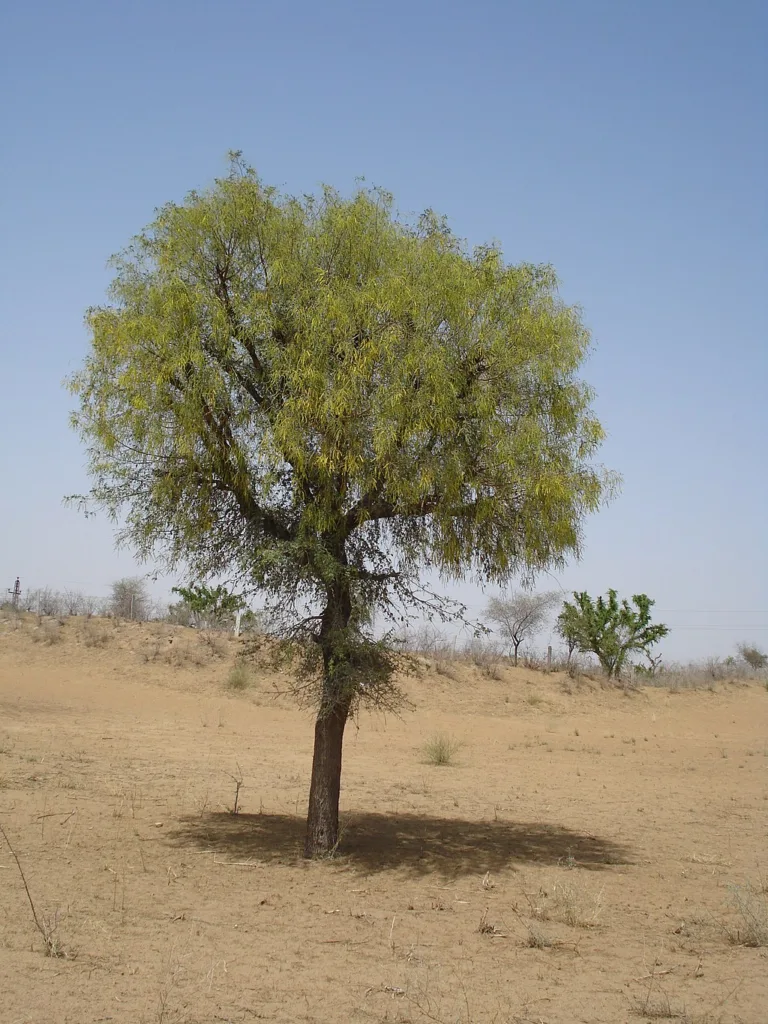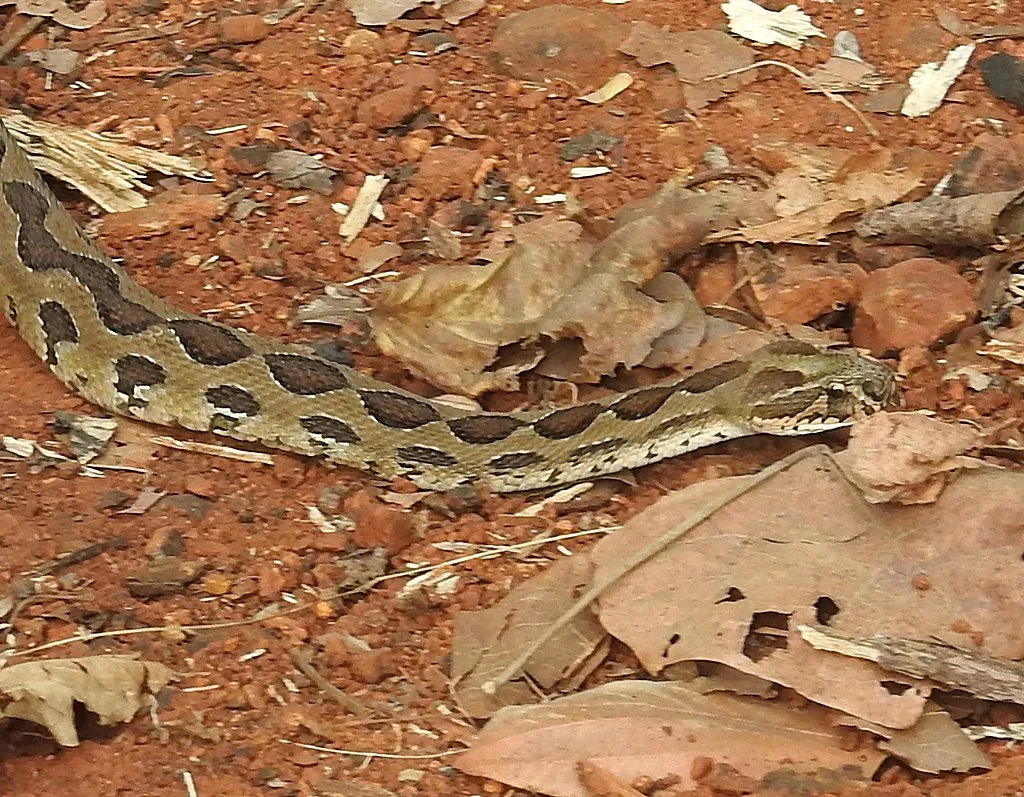Welcome to the enchanting realm of Desert National Park, a unique wilderness nestled in the arid landscapes of Rajasthan, India. For those with a deep passion for nature and a fascination with deserts, this park is a must-visit destination. In this article, we embark on an exciting journey to explore the historical significance, astonishing biodiversity, thrilling wildlife encounters, travel logistics, accommodations, and all the essential information you need to know about the Desert National Park.
A Glimpse into History
Before we venture into the captivating ecosystem of Desert National Park, let’s delve into its historical roots and significance. Established in 1980, this park holds a special place in history due to its role in conserving the fragile desert ecosystem.
A Royal Heritage
Desert National Park was once a hunting ground for the maharajas (royal rulers) of Bikaner. Their efforts in preserving the region’s wildlife eventually led to the establishment of this protected area, and today, it stands as a testament to their conservation legacy.
Flourishing Flora
While the desert may seem barren at first glance, Desert National Park surprises visitors with its remarkable plant life. The park’s flora has adapted to the harsh desert conditions in fascinating ways. Here are some highlights:
Desert Adaptations

The park is adorned with drought-resistant flora such as the khejri tree, phog, and sewan grass. These plants have evolved unique mechanisms to survive in arid environments and sustain the park’s wildlife.
Oasis Marvels

Within the desert expanse, you’ll discover hidden oases that support lush vegetation. These verdant havens, surrounded by towering sand dunes, are a sight to behold and offer a stark contrast to the arid landscape.
Medicinal Plants
Desert National Park is home to various medicinal plants traditionally used by local communities for their healing properties. These plants play an essential role in the region’s traditional medicine and culture.
The Enigmatic Fauna
The true treasures of Desert National Park are its extraordinary wildlife species that have adapted to the desert’s harsh conditions. Here are some of the remarkable creatures you might encounter during your visit:
The Great Indian Bustard

One of the park’s star attractions is the Great Indian Bustard, an endangered bird species that calls the desert home. This bird is known for its impressive size and distinctive appearance.
The Desert Fox

The elusive desert fox, with its sandy coat and pointed ears, is a survival master in this arid environment. Spotting one of these clever creatures is a rewarding experience.
Reptilian Marvels

The park is also home to various reptiles, including the spiny-tailed lizard and Russell’s viper. These reptiles have adapted to the extreme temperatures and arid terrain of the desert.
Wildlife Encounters Await
Now that you’ve had a glimpse of the captivating inhabitants of Desert National Park, let’s explore the thrilling wildlife experiences that await you in this unique sanctuary.
Jeep Safaris
One of the best ways to explore the park is by embarking on a jeep safari. Guided safaris take you deep into the heart of the desert, where you can encounter wildlife in their natural habitat. From the Great Indian Bustard to the desert fox, every moment is a thrilling adventure.
Birdwatching Expeditions

Bird enthusiasts will be delighted by the diverse avian population in Desert National Park. The park is a haven for numerous bird species, including the Demoiselle Crane, eagles, and sandgrouse. Bring your binoculars and prepare for breathtaking sightings.
Desert Trekking
For those seeking a more immersive adventure, desert trekking offers an opportunity to connect with the landscape. Guided treks take you through the rolling sand dunes and reveal the hidden secrets of the desert.
Getting There: Your Journey Begins
To embark on this extraordinary journey, you need to plan your route to Desert National Park. Here’s how you can reach this remote desert haven:
By Air
The nearest airport to Desert National Park is Jaisalmer Airport, which is well-connected to major cities in India. From there, you can hire a taxi or take a bus to reach the park. The drive from the airport to the park is a scenic one through the arid desert.
By Rail
The nearest railway station to the park is Jaisalmer Railway Station, approximately 40 kilometers away. After arriving at the station, you can hire a taxi or take a bus to reach the park. The train journey to Jaisalmer offers glimpses of the desert landscape.
By Road
If you prefer a road trip, you can drive to Desert National Park or take a bus. The park is well-connected by road to nearby cities like Jaisalmer and Bikaner. The drive through the desert provides a unique and picturesque adventure.
Where to Rest Your Weary Head
After a day of desert exploration, you’ll want a comfortable place to unwind. Desert National Park offers limited accommodation options, mainly in the form of tented camps and guesthouses:
Desert Camps
Staying in a desert camp is a unique experience. These tented accommodations provide a glimpse into the nomadic lifestyle of the desert, with the added comfort of modern amenities.
Guesthouses
There are a few guesthouses within the park where you can stay. These offer basic amenities and a quiet atmosphere, allowing you to immerse yourself in the desert’s tranquility.
Best Time to Visit
The best time to visit Desert National Park is during the winter months, from October to March. The weather is pleasant, and wildlife sightings are more frequent during this period. The scorching summer heat can be harsh, making it less ideal for travel.
Unforgettable Experiences Await
Now that you’ve gathered all the practical information, let’s delve into the experiences that will make your trip to Desert National Park truly unforgettable:
Witness the Great Indian Bustard
Spotting the elusive Great Indian Bustard in its natural habitat is a rare and magical experience. Keep your eyes peeled and your camera ready for this majestic bird.
Desert Sunset

Watching the sunset over the vast desert landscape is a sight you won’t forget. The changing hues of the sand dunes as the sun dips below the horizon create a mesmerizing spectacle.
Stargazing in the Desert
With minimal light pollution, the desert offers excellent opportunities for stargazing. On a clear night, the desert sky comes alive with a breathtaking display of stars.
Fascinating Trivia
Before we conclude our journey through Desert National Park, here are some fascinating trivia tidbits that will deepen your appreciation for this unique desert sanctuary:
- The park is home to the world’s heaviest flying bird, the Great Indian Bustard.
- It is a crucial breeding ground for migratory birds, including the Demoiselle Crane.
- Desert National Park is part of the Thar Desert, one of the world’s largest arid regions.
In conclusion, Desert National Park is a hidden gem of nature and wildlife conservation, offering a glimpse into the desert’s remarkable beauty and biodiversity. From its historical significance to its captivating flora and fauna, there’s something for every nature enthusiast to cherish. So, pack your bags, plan your journey, and prepare for an adventure that will leave you with lasting memories of the arid splendor of Desert National Park.
